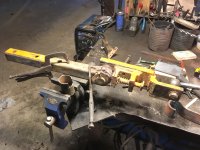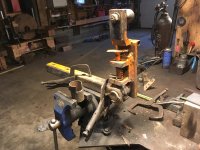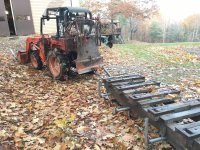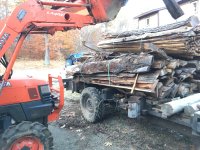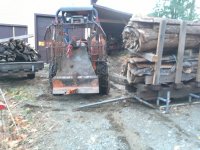OK, you got me. What's the "inverted pan of water" used for?
When u was in the boy scouts, the handbook references a trick to guage the height of a tree.
1. Place a pan of water on ground away from a tree approx the distance you think it is tall. So you guess the tree is 40 feet tall, then place pan 40 feet away from tree.
2. If you are say 6 feet tall, then you stand 6 feet away from the pan of water on the opposite side of tree. So pan is between you & tree in a straight line.
3. Look into pan & the reflection will be 40 feet in air, so if you see top of tree, then tree is in fact 40 feet tall. If you see below top, then move pan back & reset. If you see over tree, then move closer to tree & reset. Once you find sweet spot, measure distance from pan to tree, that is the height of tree.
Now as you stated, this is hard to be accurate with this method, technically it's not your actual height, it's where your eyes are off ground, so 2-3 inch error here could result in being off true height of tree by feet. If it cloudy, this is useless, if the sun is directly behind the tree, you are now blind. If it's breezy, then the pan could have ripples so you can't see anything in the reflection, ground needs to be level etc... I think it was more of a lesson to try new things, maybe get us kids to think outside the box. Either way, it stuck with me for over 30 years. Still not something I'm willing to try anywhere near mine or your house. Nor do I recommend anyone to try it near theirs.
